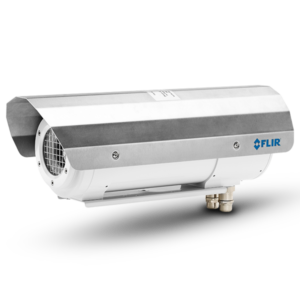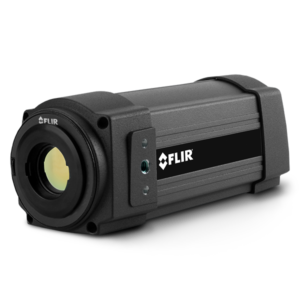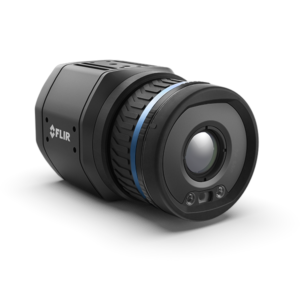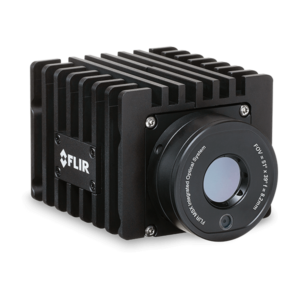
Continuous Monitoring
Continuous monitoring identifies problems before failures occur in order to prevent costly production stops. Typical equipment that is monitored includes high- and low voltage installations, turbines, compressors, and other electrical and mechanical equipment. Sometimes processes need to be monitored because an anomaly can cause dangerous situations. For example, flares that have a flame invisible to the naked eye need to be monitored to see if they are effectively burning gas exhaust.
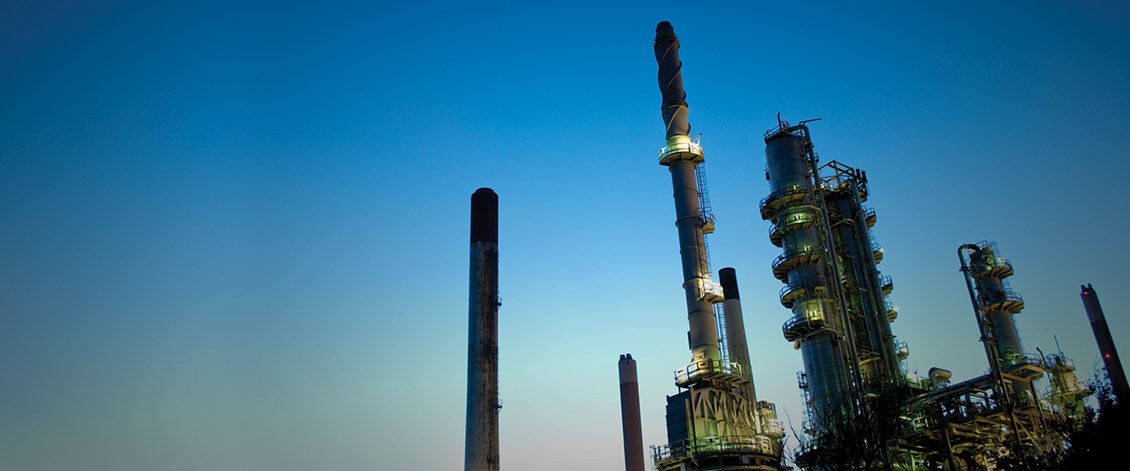
Flare stacks
Continuous monitoring identifies problems before failures occur in order to prevent costly production stops. Typical equipment that is monitored includes high- and low voltage installations, turbines, compressors, and other electrical and mechanical equipment. Sometimes processes need to be monitored because an anomaly can cause dangerous situations. For example, flares that have a flame invisible to the naked eye need to be monitored to see if they are effectively burning gas exhaust.

Substations
Electric power utilities today are faced with an aging infrastructure, increasing risk of blackouts and brownouts as well as security threats. Unplanned maintenance can be expensive in the best-case scenarios and catastrophic in the worst. With FLIR thermal imaging cameras and condition monitoring software, impending equipment failures and security breaches can be detected anytime, day or night, from a remote monitoring location.

Steel mill ladles
Steel mill ladles have limited lives. As their refractory linings wear or break due to shock, the outer part of a ladle can be exposed to excessive temperatures. If not caught in time, the result can be ladle disintegration and a molten metal breakout, threatening the lives of workers and destroying equipment. FLIR thermal imaging camera systems monitor ladles in real time and warn of a breakout before it happens.

Electrical & mechanical installations
Some critical electrical and mechanical installations in manufacturing companies and utilities are monitored 24/7 with a thermal imaging camera. Heat buildup indicates poor equipment health and possible impending failure. A fixed-mounted thermal imaging camera gives you the advantage, so you don’t need to rely on periodic inspections. Alarms can be set to go off once a temperature threshold is exceeded.
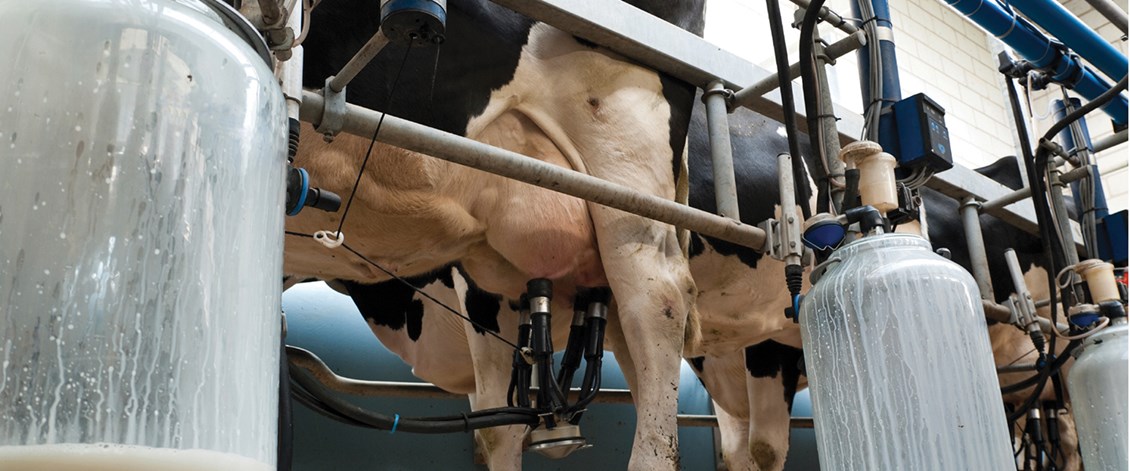
Livestock health
Modern farms increasingly resemble factories in their makeup as they become more and more industrialized. The present-day farmer spends less time performing menial tasks and more time behind the computer. In these circumstances good automatic monitoring systems are a must to ensure quality and continuity. Thermal imaging cameras make sense in an automated system anywhere you need to monitor temperature change on the farm, including: livestock health, herd management, irrigation control, and commodity storage and handling.

